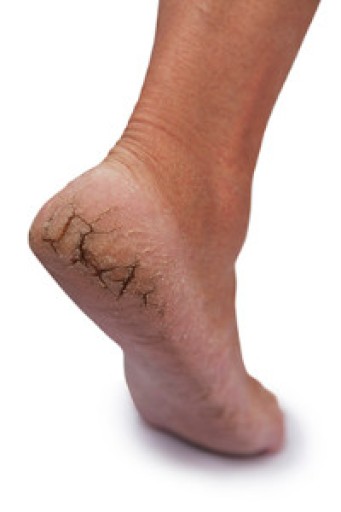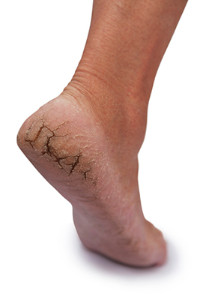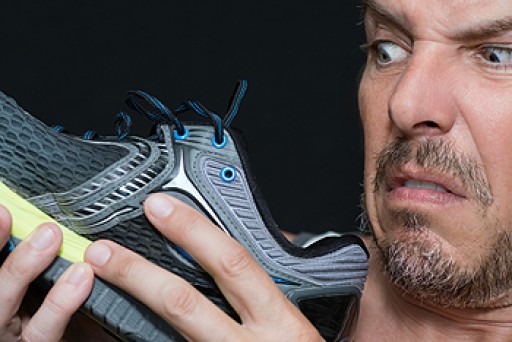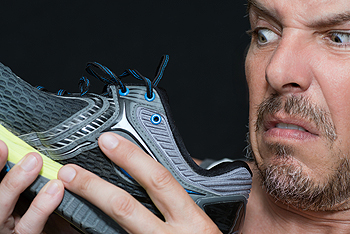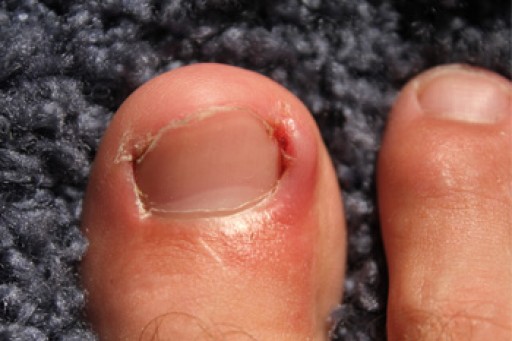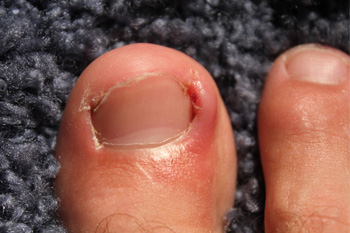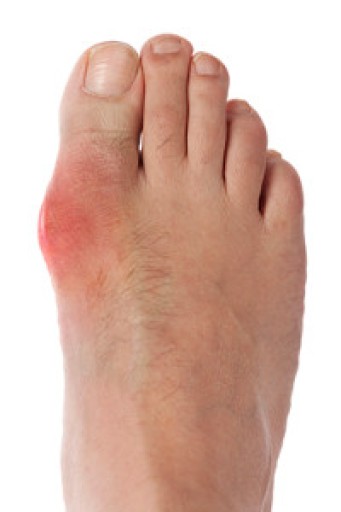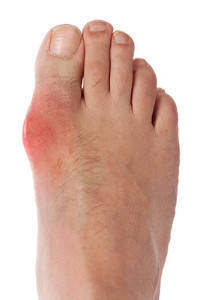 Podiatric medicine treats disorders of the ankles and feet. There are several conditions that fall under this category, including ingrown toenails, hammer toe, bunions and general foot pain. There are different types of physicians who may specialize in several types of podiatric medicine. Some may choose to develop custom made orthotics and braces and have more of an interest in surgical procedures, while others may prefer to treat patients who have diabetic feet and other related foot issues. Many podiatrists treat general conditions of the feet including athletes foot, cracked heels and toenail fungus. Research has shown that podiatry can be a rewarding form of medicine to practice. For those people who are interested in pursuing a career in this specific field of healing, it’s suggested to speak with a podiatrist for additional information.
Podiatric medicine treats disorders of the ankles and feet. There are several conditions that fall under this category, including ingrown toenails, hammer toe, bunions and general foot pain. There are different types of physicians who may specialize in several types of podiatric medicine. Some may choose to develop custom made orthotics and braces and have more of an interest in surgical procedures, while others may prefer to treat patients who have diabetic feet and other related foot issues. Many podiatrists treat general conditions of the feet including athletes foot, cracked heels and toenail fungus. Research has shown that podiatry can be a rewarding form of medicine to practice. For those people who are interested in pursuing a career in this specific field of healing, it’s suggested to speak with a podiatrist for additional information.
If you are experiencing pain in the feet or ankles, don’t join the stubborn majority refusing treatment. Feel free to contact one of our podiatrists from Canonsburg Podiatry Associates. Our doctors can provide the care you need to keep you pain-free and on your feet.
What Is a Podiatrist?
Someone would seek the care of a podiatrist if they have suffered a foot injury or have common foot ailments such as heal spurs, bunions, arch problems, deformities, ingrown toenails, corns, foot and ankle problems, etc.
Podiatric Treatment
A podiatrist will treat the problematic areas of the feet, ankle or lower leg by prescribing the following:
- Physical therapy
- Drugs
- Orthotic inserts or soles
- Surgery on lower extremity fractures
A common podiatric procedure a podiatrist will use is a scanner or force plate which will allow the podiatrist to know the designs of orthotics. Patients are then told to follow a series of tasks to complete the treatment. The computer will scan the foot a see which areas show weight distribution and pressure points. The podiatrist will read the analysis and then determine which treatment plans are available.
If you have any questions please feel free to contact our office located in Canonsburg and McMurray, PA . We offer the newest diagnostic and treatment technologies for all your foot and ankle needs.

